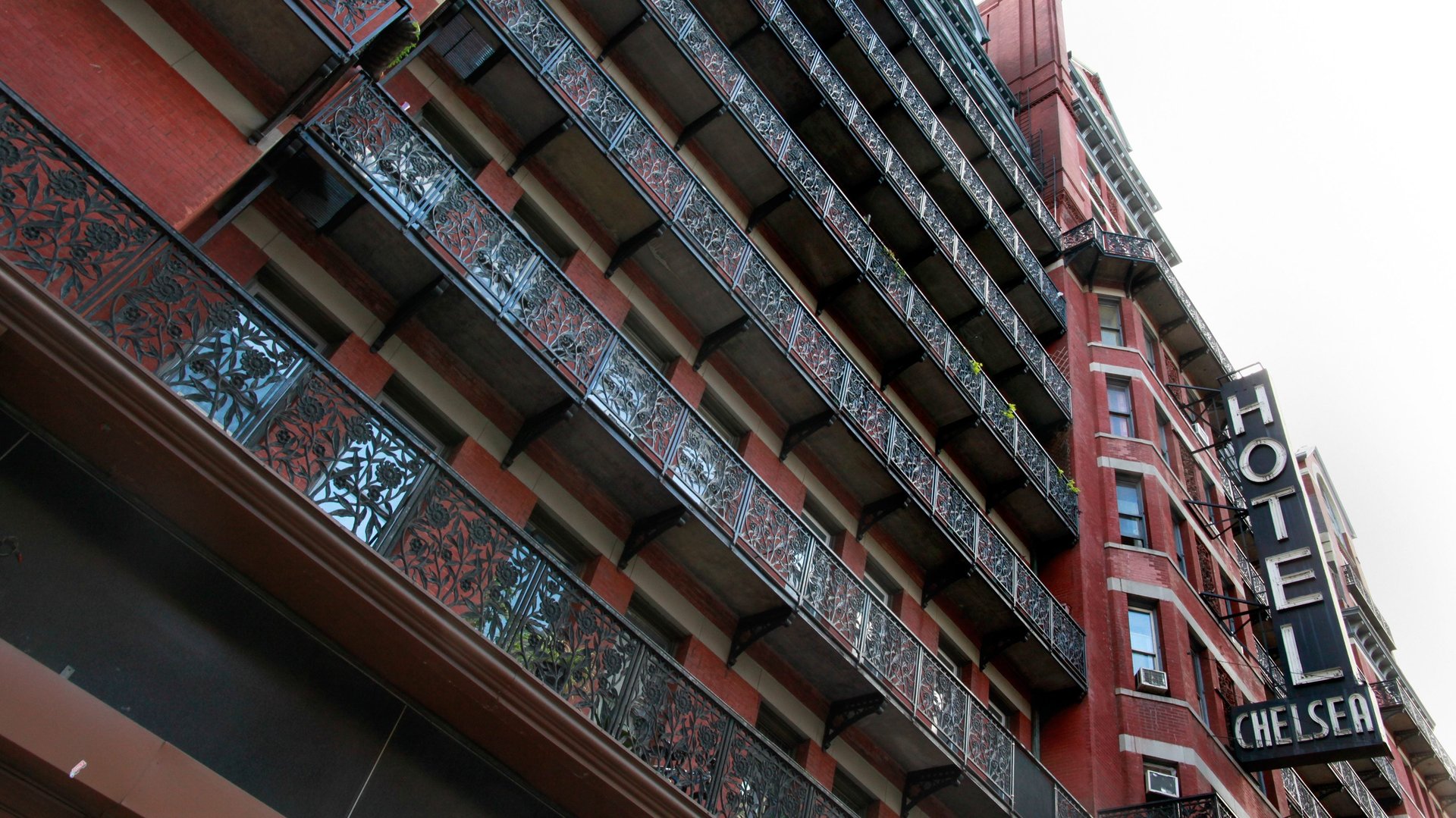Why California succeeded—and New York failed—at turning hotels into affordable housing
When “shelter-in-place” orders took effect in March 2020, city and state officials in the US scrambled to get unhoused people off the streets and out of crowded shelters during the covid-19 pandemic. One of their core strategies was renting out unused hotel rooms or buying entire hotels and motels for permanent housing.


When “shelter-in-place” orders took effect in March 2020, city and state officials in the US scrambled to get unhoused people off the streets and out of crowded shelters during the covid-19 pandemic. One of their core strategies was renting out unused hotel rooms or buying entire hotels and motels for permanent housing.
In their haste, policymakers advanced a long-term homelessness solution advocates have been calling for years: providing people with housing first (pdf) without prerequisites that typically accompany homelessness assistance, like work requirements and substance abuse treatment. Now roughly two years out from the initial crisis, we’re starting to see some initial results from places that have made good on those plans, and others that are still trying to get them off the ground.
Both New York and California dedicated hundreds of millions of dollars to their emergency housing programs. Yet only California managed to buy up dozens of buildings and transfer thousands of people without shelter into safe stable housing. New York’s funds remain largely unspent nearly two years later.
New York and California’s programs demonstrate that it’s difficult but not impossible for states to act quickly to create more housing in a crisis, and then codify emergency measures into housing policy. A new analysis of the programs from the University of California Berkeley’s Terner Center for Housing Innovation show successful attempts to create housing by converting existing hotels needs the political will to quickly amend existing regulation, and long-term investment from state housing budgets to sustain projects after initial emergency funding runs out.
But if carried out over the long term, hotel conversions can be a more cost-effective way to create housing than building from the ground up.
California’s rapid rollout of hotel conversions
As part of an unprecedented level of state funding in homelessness initiatives in 2020, California’s state government issued $800 million in grants for the first round of its Homekey program dedicated to long-term housing for homeless people. California ultimately purchased nearly 100 buildings, the fastest expansion of supportive housing in modern state history, according to the Terner Center for Housing Innovation.
In all, the state has purchased 94 properties since July 2020, creating nearly 6,000 units of housing and housing 8,264 people. The conversions cost roughly $200,000 per unit, which is still less than half of the $500,000 it typically takes to build new low-income housing in California. While not enough to alleviate California’s homelessness crisis—more than 160,000 people were homeless in the state in 2020—state lawmakers (pdf) and the University of California Berkely researchers look to it as a promising strategy for how to create some housing in a cost-effective way.
New York’s stymied plans
By contrast, New York’s state legislature passed a similar measure, the Housing Our Neighbors With Dignity Act, to purchase struggling hotels in New York City last August. The $100 million program was meant to convert the buildings into permanent affordable housing owned and operated by nonprofit organizations. Yet nearly a year later, no new purchases have been made.
The promising program stalled out because of regulatory barriers to buying and converting the properties. Affordable housing developers say they’ve been hampered by restrictive local zoning rules and building codes limiting what can be considered housing that the new legislation has done nothing to change, according to Bloomberg,
State legislators are aware of the issue. New York’s assembly members have said that they will turn their attention to improving this law after passing a new budget on April 1. An earlier draft of the executive state budget submitted by Gov. Kathy Hochul included provisions to make hotel conversions easier.
But regulatory changes are likely to come too late. With New York’s tourism industry on the upswing, affordable housing developers are now competing with investors looking to buy hotels for their original purpose, driving up prices.
The secret to housing success
Much of California’s success came from the speed with which it was carried out, argue researchers at the New York University Furman Center who studied the initiative for a white paper on New York’s hotel conversions. Thanks to the urgency of the pandemic, the state streamlined processes for purchasing buildings by working closely with local-level governments and housing authorities, who knew their homeless populations and real estate markets best. The legislative language for Homekey was also structured with regulatory flexibility that allowed city councils to bypass local approval processes and environmental regulations in their purchase of buildings.
The state is now doubling down on its success. In 2022, Homekey has been funded with another $1.45 billion for 2022, the majority of which is derived from funds from the American Rescue Plan of 2021. This money will allow the program to continue to grow over the next several years but will run out in 2026. Once federal money runs out, it will be up to California and its localities to find the budget to continue operating Homekey sites.